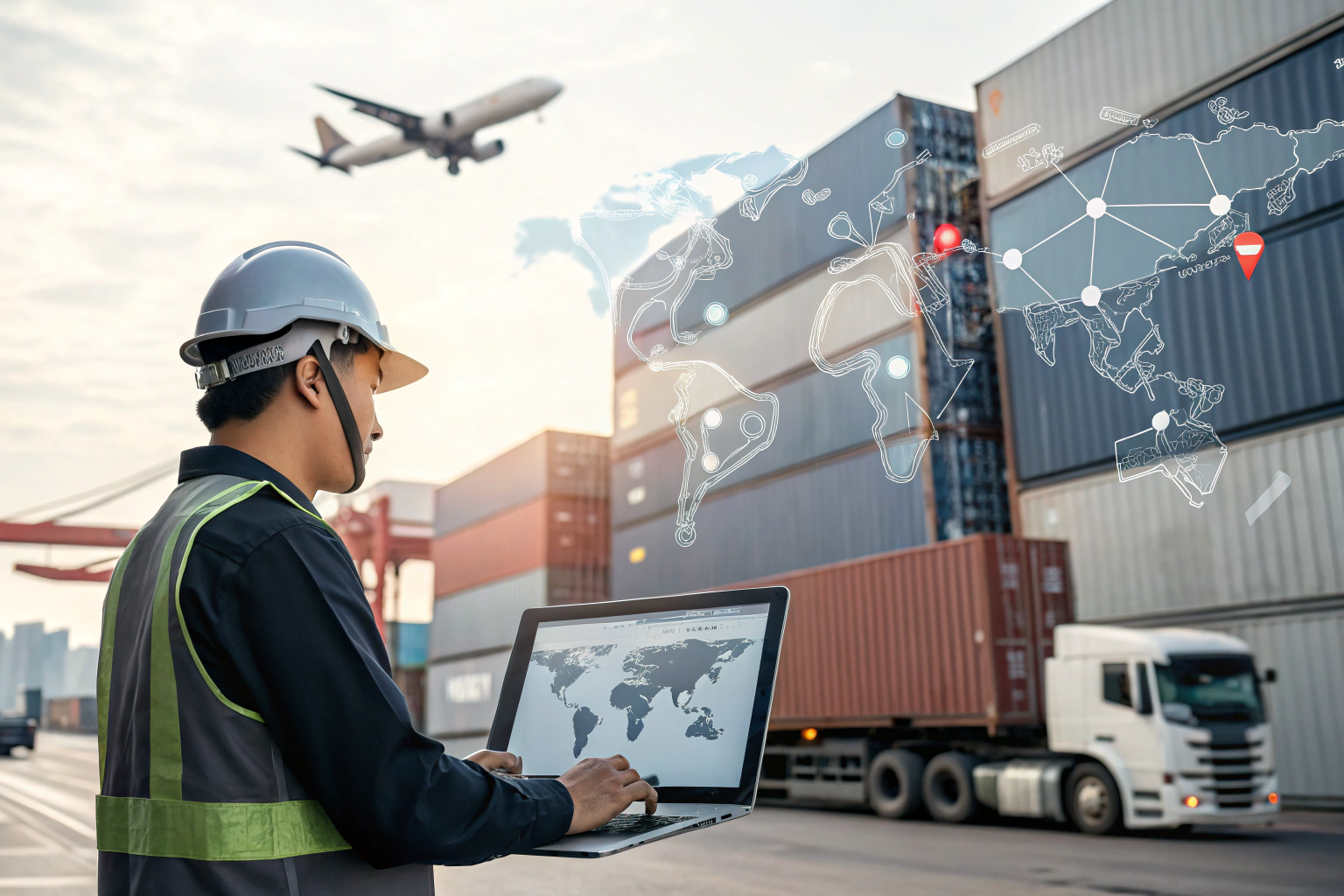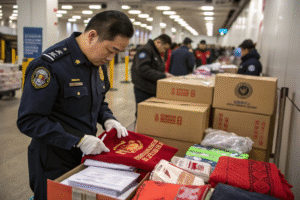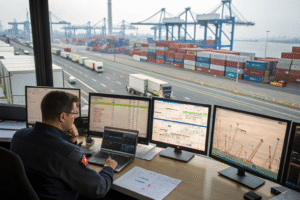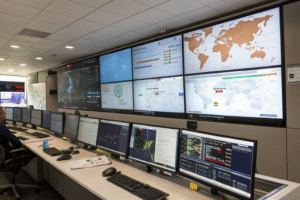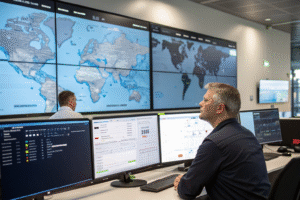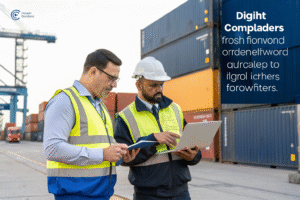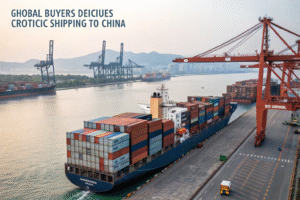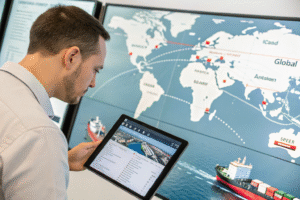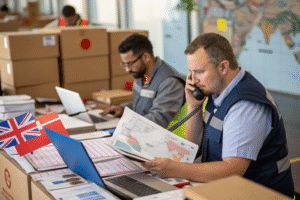When Ron, one of my long-term American clients, first asked me whether he could track his shipments like tracking an Amazon parcel, I said, “Absolutely.” In today’s logistics world, real-time shipment tracking isn’t a luxury anymore—it’s an expectation. If your freight forwarder can’t show you where your container is at any given moment, it’s time to ask why.
This article breaks down how professional freight forwarders like GeeseCargo offer real-time tracking, what technology makes it possible, and why it matters for U.S. importers sourcing from China.
Let’s get into the systems, features, and business advantages that real-time freight visibility brings.
What Technology Powers Real-Time Tracking?
Global cargo doesn’t move blindly anymore. With the right systems, we track containers across oceans, airspace, and borders.
We use API-integrated systems that pull live data from carriers, ports, satellites, and GPS sensors into one unified dashboard.
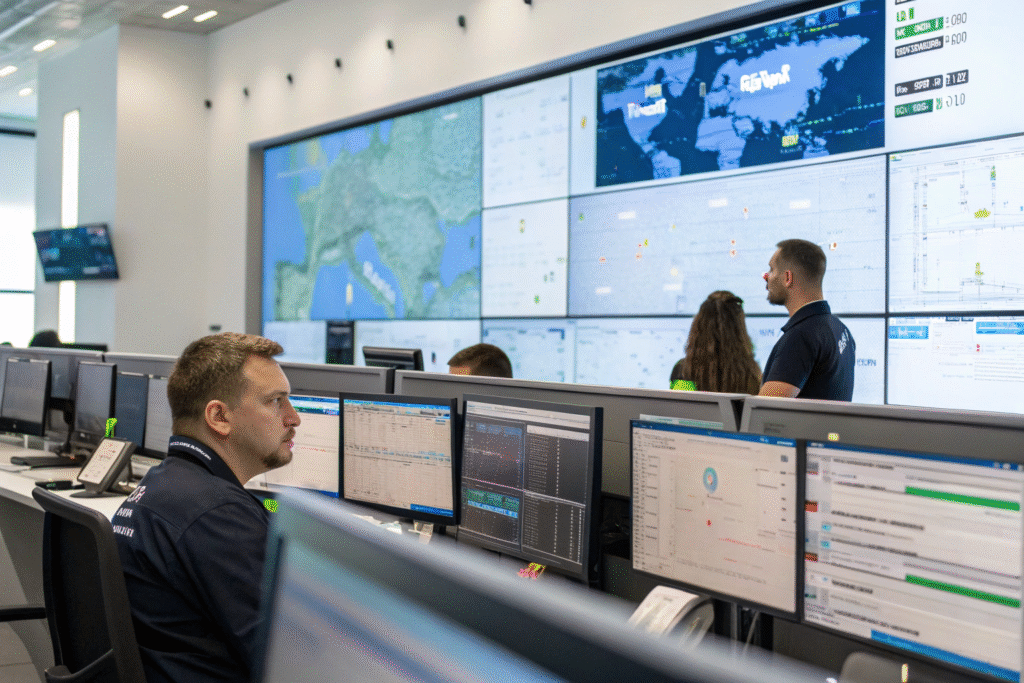
How does container tracking actually work?
Each container has a unique number that shipping lines monitor. Our systems access their movement data via API, showing status changes like “gate in,” “loaded on vessel,” “discharged,” or “delivered.”
Are GPS trackers used for all shipments?
Not always. GPS trackers are often used for high-value or time-sensitive cargo. For regular sea freight, data usually comes from the carrier or port system. We supplement that with predictive ETA tools and notifications.
Can Clients Access Their Tracking Portal?
Transparency builds trust. That’s why we give every client a portal login to view their cargo’s status 24/7. You don’t need to call or email us just to ask, “Where is my container?”
Our client dashboard offers detailed shipment milestones, status updates, delay alerts, and ETA predictions—all in plain English.
![]()
Is tracking available on mobile devices?
Yes. We’ve optimized our portal for smartphones, so our clients can check shipment status while on the move. Push notifications and email alerts are also part of the service.
Can clients track multiple shipments at once?
Definitely. Many of our U.S. clients manage dozens of shipments from factories in China. Our portal organizes tracking by PO number, container number, or destination warehouse—your choice.
What Are the Business Benefits of Real-Time Tracking?
When you know exactly where your cargo is, you can plan better, sell faster, and avoid supply chain panic. That’s the core value of visibility.
Real-time shipment tracking reduces inventory risks, improves customer delivery expectations, and empowers smarter supply chain decisions.
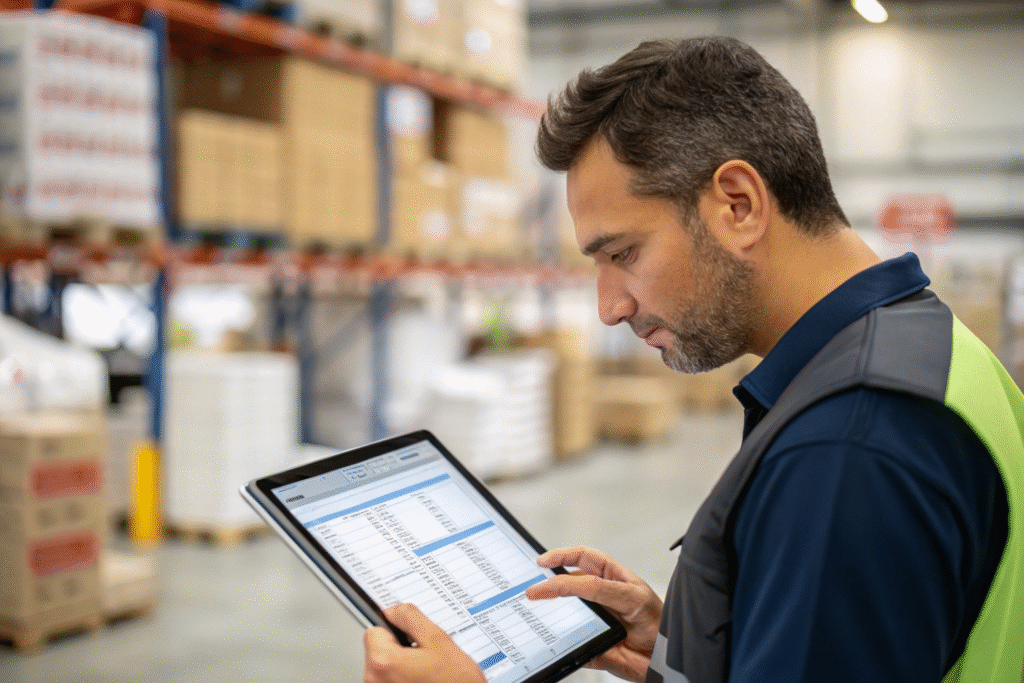
Does it help with warehouse prep?
Absolutely. Your U.S. warehouse can pre-allocate space, labor, and loading slots once they know your container’s exact ETA. That avoids peak-day chaos.
Can it improve customer service?
Yes. If you resell goods or supply retail clients, knowing shipment status allows you to set accurate delivery expectations or even prepare for early marketing pushes.
How Do Forwarders Handle Tracking Exceptions?
Even with tech, issues happen—port congestion, customs holds, vessel rerouting. The real value is how fast we act when things change.
Our tracking systems alert us instantly to exceptions, and we inform clients immediately with revised plans, solutions, and new timelines.
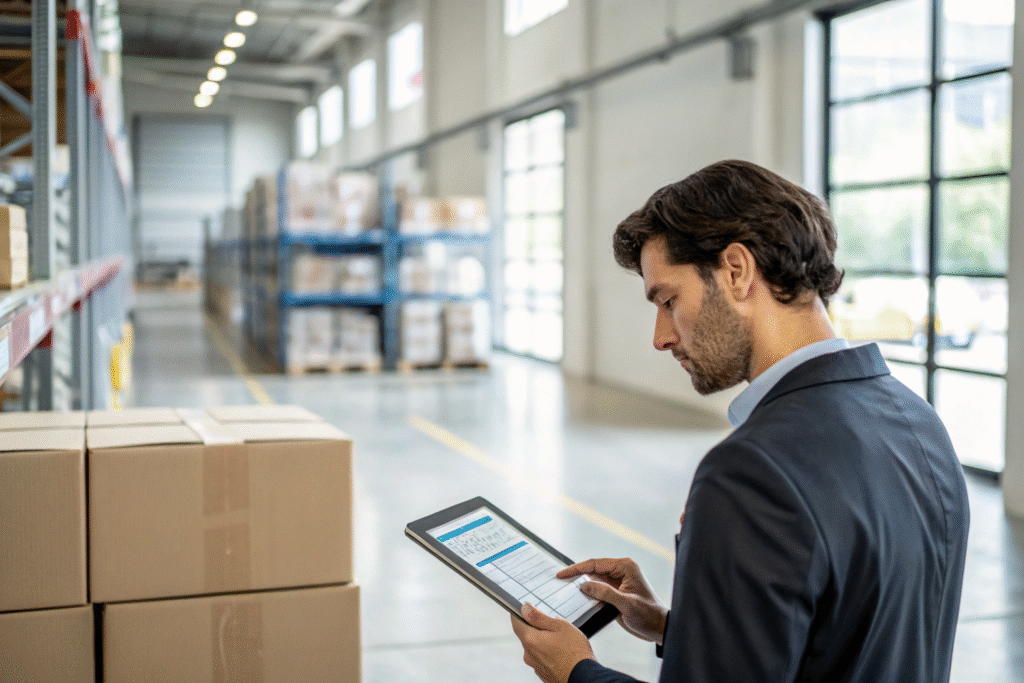
What happens if a container is delayed?
We notify you first. Then we check backup sailing options, transshipment schedules, and port performance to minimize downstream impact.
Do you integrate with client systems?
Yes. For high-volume U.S. buyers, we can integrate tracking data directly into ERP or WMS systems. That means your operations team can act on real-time status updates without delay.
Conclusion
At GeeseCargo, we believe tracking isn’t a feature—it’s a freight forwarder’s responsibility. When your goods travel thousands of miles, real-time visibility gives you confidence, control, and peace of mind.
Whether you're a buyer importing apparel from Guangzhou or a brand owner coordinating multi-container shipments from Yiwu, you deserve to know where your cargo is every step of the way.
With our technology and proactive communication, we don’t just move boxes—we keep you connected to them at all times.
